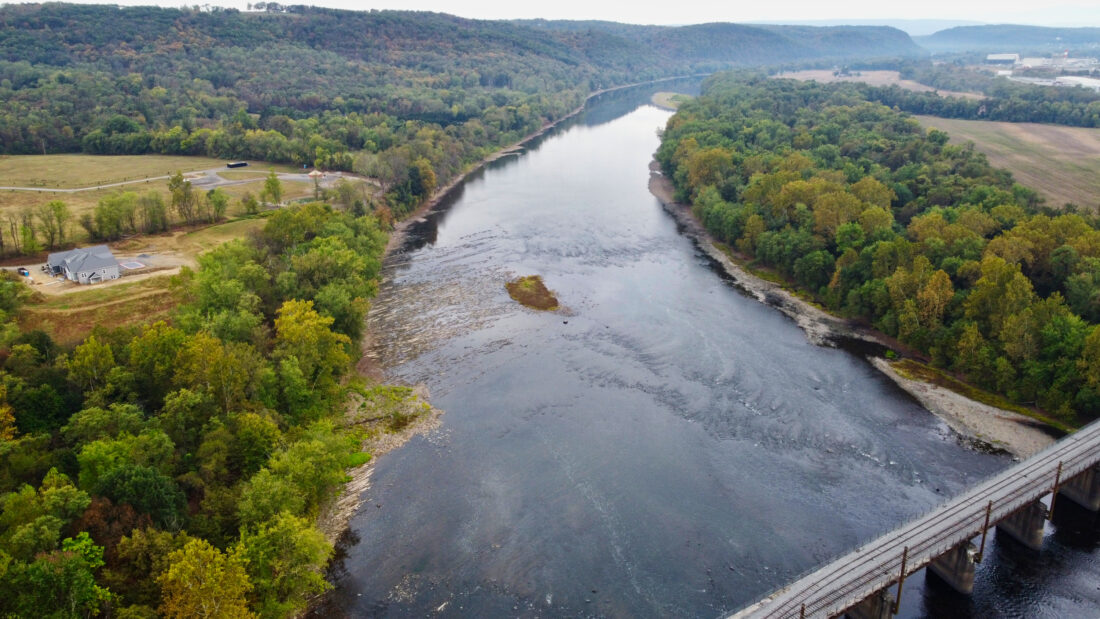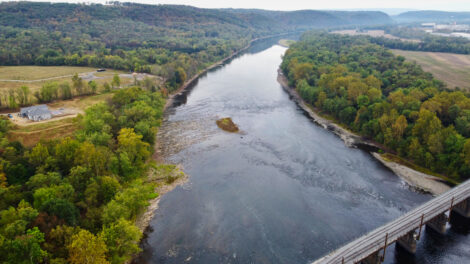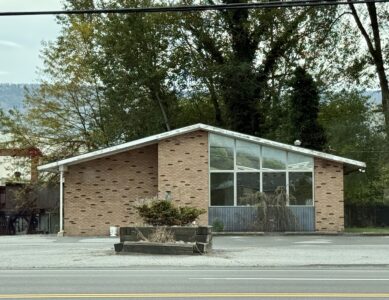‘These dry conditions’: Lycoming, surrounding counties placed on drought watch

DCIM100MEDIADJI_0144.JPG
The state Drought Task Force has placed Lycoming and 24 other central and western counties under a drought watch, the state Department of Environmental Protection announced in a press release Monday.
Other counties on watch status include Beaver, Bradford, Butler, Cambria, Cameron, Clarion, Clearfield, Clinton, Crawford, Elk, Erie, Forest, Indiana, Jefferson, Lawrence, Lycoming, McKean, Mercer, Potter, Schuylkill, Somerset, Tioga, Venango, Warren and Washington.
“Pennsylvania received very little rain over the summer. We want residents to be aware of these dry conditions and be mindful of their water use,” DEP Secretary Jessica Shirley said in the release.
In making drought declarations, the DEP, in close partnership with the U.S. Geological Survey (USGS), monitors four factors, including precipitation, stream flows, groundwater levels and soil moisture, utilizing gauges in streams and wells across the state, the release explained.
“DEP makes its drought declarations after assessing the departures from normal ranges for periods of 3-12 months,” the press release said.
A Drought Watch is declared when a county meets three out of those four factors, with residents encouraged to reduce their water usage by five to ten percent.
Based on the same criteria, those under a drought warning are encouraged to reduce their usage by 10 to 15 percent, according to the release.
It is not until conditions worsen to the point of a Drought Emergency being declared by the Governor that mandatory restrictions would be put into place, which would be guided by water suppliers and/or municipal governments.
Statewide, more than 2.2 million residents live in areas currently experiencing drought conditions, according to data from the USGS.
In 2025, the state experienced its third driest August on record since 1895, with a deficit of 2.22 inches in precipitation.
It was also the 64th driest January to August in that same time period.
As of Tuesday morning, the West Branch Susquehanna River at Williamsport was 0.18 below average, according to USGS data.
“We’re only experiencing low streams for the moment, for our withdrawals, but we’re not having any issues as far as withdrawing,” said Eric Johnston, manager for the Jersey Shore Area Joint Water Authority.
“Right now, we’re holding our own very well. Our streams are giving us enough water to what we’re producing, and we have enough bypass flow to maintain our regulatory downstream flows,” he said.
Much the same is true at the Williamsport Water Authority.
“We monitor the conditions weekly, and we’re presently using about 4.9 million gallons per day,” said Executive Director Michael Miller.
“We have two reservoirs that have 530 million gallons in them, and they are 74% full, so that means we have 784,000 gallons roundabout, so we have plenty of opportunity for water,” he said.
At the moment, Miller said there is no cause for concern, and they are not advising any type of conservation efforts at this time, he said.
In addition to the reservoirs, the Authority has been utilizing a well field to augment their ground sources since August, Miller said.
“It has been dry and people get nervous, but we have such wonderful water supplies that we were not affected very much by drought. Now, if we continue with this dry weather that may change,” he cautioned, noting that for 2025, their service area has seen a precipitation deficit of 4.5 inches.
“As of right now, we’re in good shape. We use wells and a small reservoir in the Limestone Township system, so we continuously monitor them, and yes, we are seeing a reduction, but at this point, we’re not ready to issue our own warning or mandatory reduction,” said Christina Weigle, executive director for the Lycoming County Water and Sewer Authority.
At this juncture, the authority is only asking residents to voluntarily reduce their water usage.
“Some things that are typical of us to ask our residential customers for voluntary conservation includes checking all leaky faucets and toilets, running dishwashers and washing machines only for full loads and taking shorter showers,” she said.
The authority also recommends limiting the amount of times cars are washed, and the elimination of watering grass, shrubs, gardens, driveways and sidewalks.
“For our industrial customers and non-residential ones, looking at their plumbing fixtures, if there’s any excess washing, that they can reduce. Automated valves and low control valves, making sure that they understand what those are,” Weigle said.
Some of the consumption reductions may help people save money when put into play during non-drought situations, she stressed.
“This is something people don’t think about until the bill goes up, but on a regular basis, we should be thinking about how much water we use,” Weigle said.
“A toilet can waste up to 200 gallons a day if it’s left running,” she said.
“The thing that we tell people to do is to drop some food coloring into the back of your tank, and if, the next morning, it shows up in your bowl, your toilet is leaking,” Weigle said, adding that most causes are a simple DIY fix.
In the short term, weather conditions do not look favorable for an assist in ending the drought.
As of Thursday, Oct. 2, around half of Lycoming County was in a D1 moderate drought over the past 90 days, according to National Weather Service Meteorologist Joe Bauco.
Light rain was expected in the area Tuesday into Wednesday, but was expected to amount to only around half an inch, Bauco said.
“Then it looks like we enter another couple of days of pretty dry weather after that,” he said.
“Right now it looks like drier than normal conditions are favored through the next two weeks, and then
there’ll be equal chances of below or above normal after that,” the meteorologist said.
To stay up to date on the latest drought conditions, as well as possible future watches and warnings, please visit the state Department of Environmental Protection website at https://www.pa.gov/agencies/dep/programs-and-services/water/bureau-of-safe-drinking-water/interstate-water-resources-management-division/drought-information.



